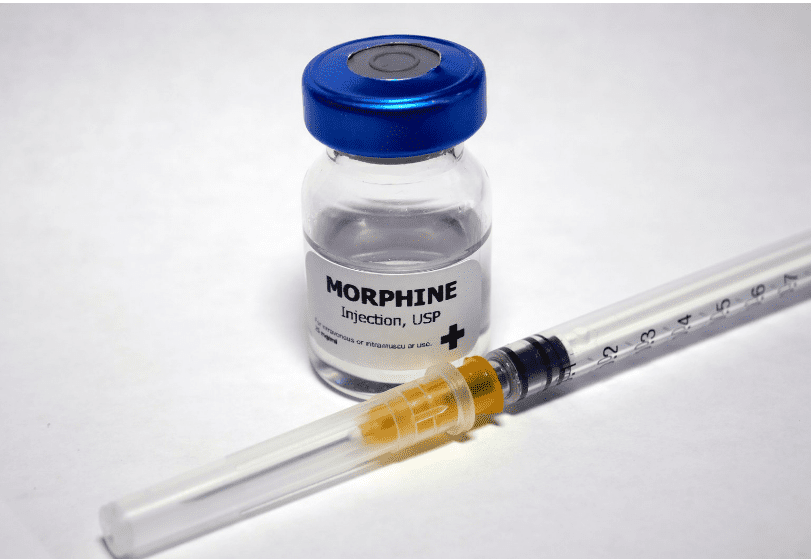
Morphine
What Is Morphine?
Morphine is a naturally occurring substance derived from the opium poppy plant. It is in the class of drugs called opioids and is used to treat moderate to severe pain. Morphine is classified as a Schedule II substance, meaning the federal government has determined there to be a high potential for abuse, but there are also accepted medical uses, so they can be prescribed to patients. These are also referred to as “controlled substances.” Morphine can be taken from a liquid solution, or in capsules or tablets.
Side Effects of Morphine
Common side effects of morphine include:
- Constipation
- Nausea and vomiting
- Drowsiness
- Headache
- Confusion
- Dizziness
- Dry mouth
When abused, side effects of morphine may include:
- Shallow breathing or difficulty breathing
- Low blood pressure
- Muscle stiffness
- Seizures
Dangers of Morphine Abuse
The National Institute on Drug Abuse (NIDA) states, “In 2019, nearly 50,000 people in the United States died from opioid-involved overdoses. The misuse of and addiction to opioids—including prescription pain relievers, heroin, and synthetic opioids such as fentanyl—is a serious national crisis that affects public health as well as social and economic welfare.”
Roughly one out of every four individuals prescribed painkillers abuses them. Studies also show that abuse of prescription opioids—often by one prescribed them, but also by their friends and family—has led many individuals to use heroin and other drugs after.
One study states, “Nonmedical use of opioid analgesics also appears to be driving an increase in heroin abuse (Unick et al., 2013; Muhuri et al., 2013) and may be responsible for a major shift in the demographic landscape of heroin addiction toward a population that is somewhat older (mean age of initiation of heroin use, 22.9 years), less minority, less urban, with fewer gender differences compared with users a few decades ago (Cicero et al., 2014).
Although only about 4% of individuals who misuse prescription opioids use heroin within 5 years of initiating nonmedical prescription opioid use (Muhuri et al., 2013), the majority of today’s heroin users were introduced to opioids via prescription drugs, in sharp contrast to previous generations (Cicero et al., 2014).
Morphine abuse is not only hazardous itself, but the grips of addiction can be a slippery slope leading to abuse of and addiction to other potent and dangerous substances.
Get Help— Morphine Addiction Treatment
If you are considering seeking morphine addiction treatment for yourself or a loved one, rest assured that help is widely available and recovery is possible. If you have questions or concerns, call us today. We at Rehab Carolinas are experienced in substance abuse and addiction and are here to help.

